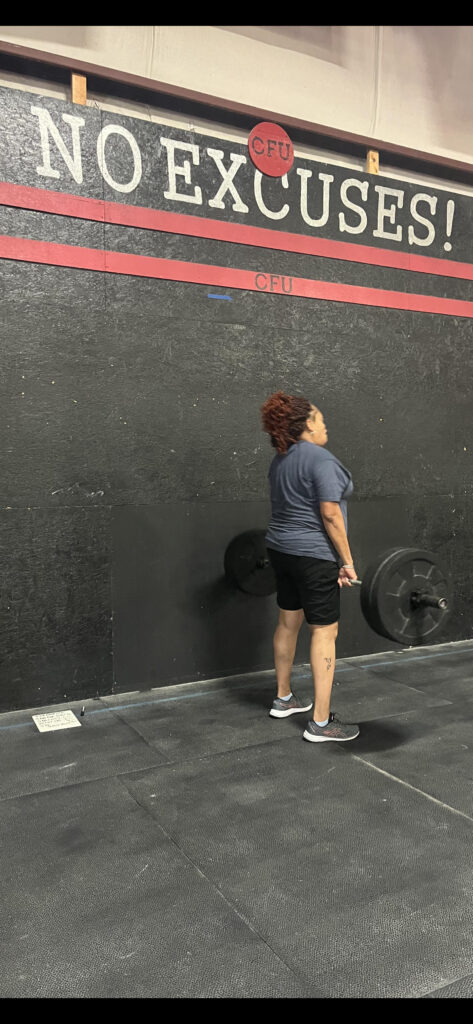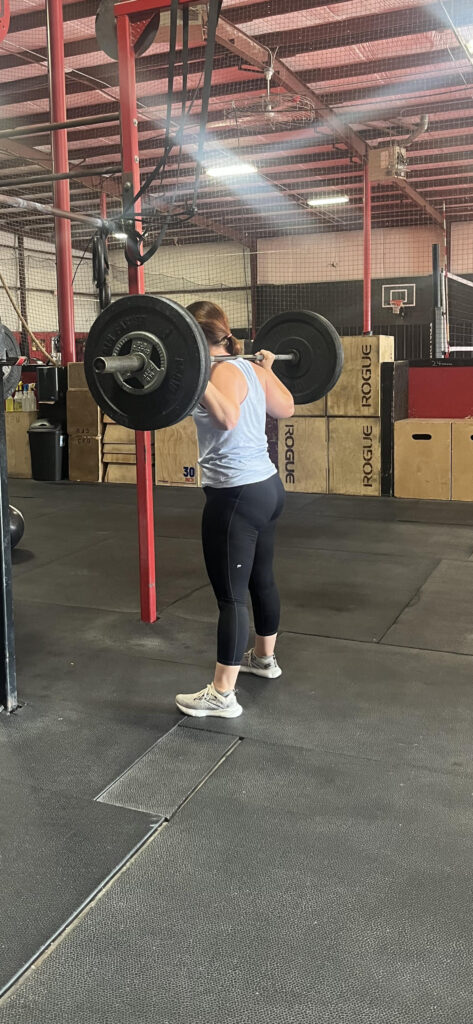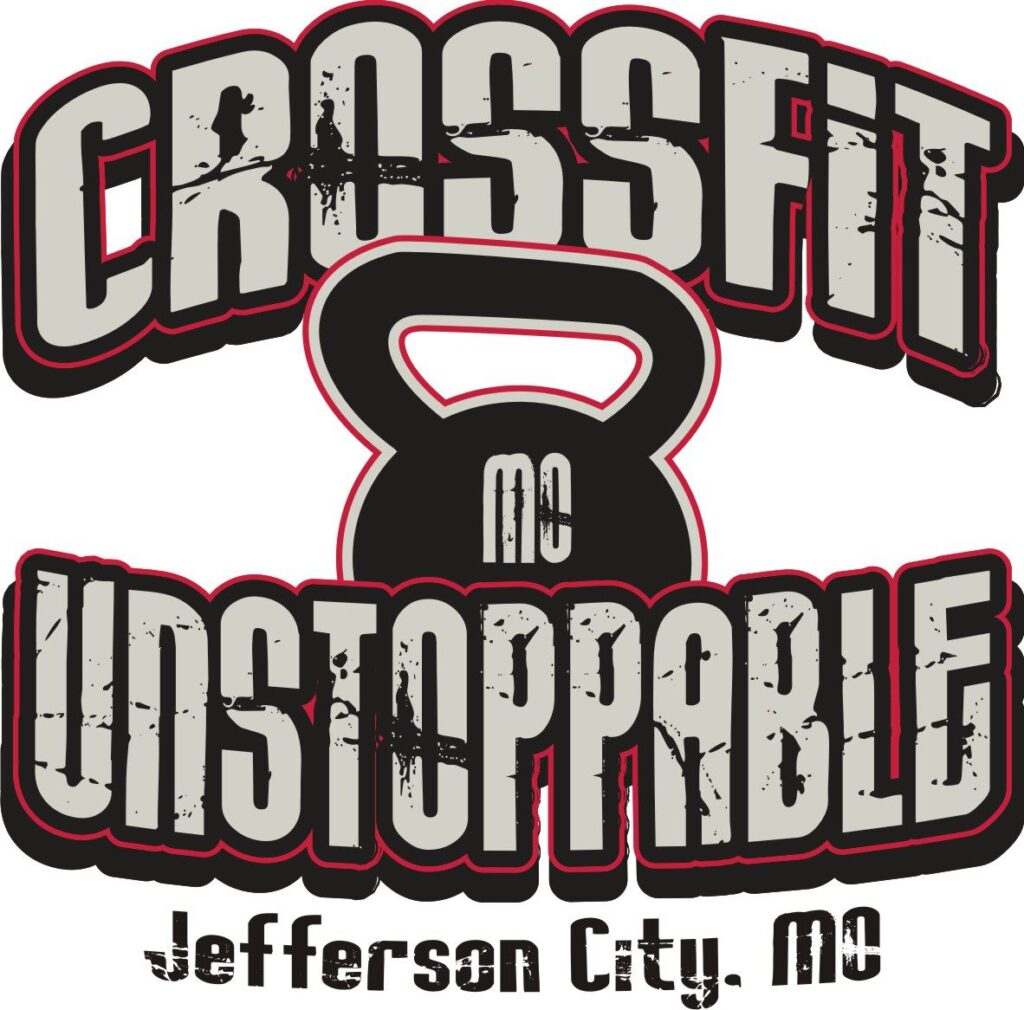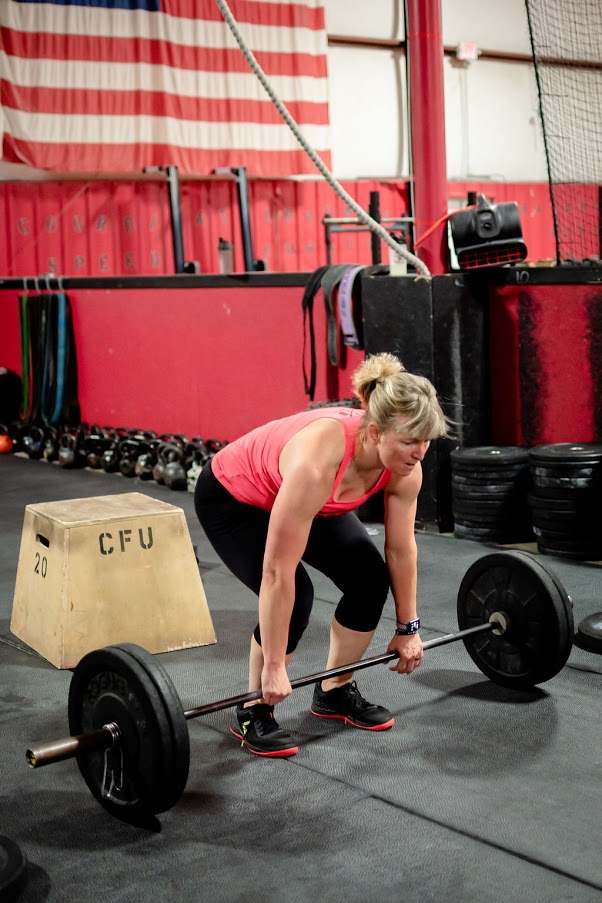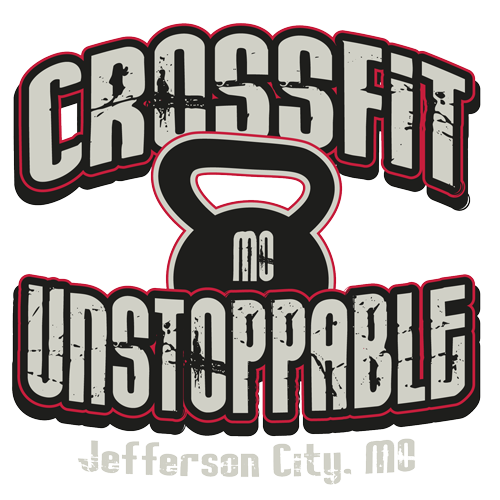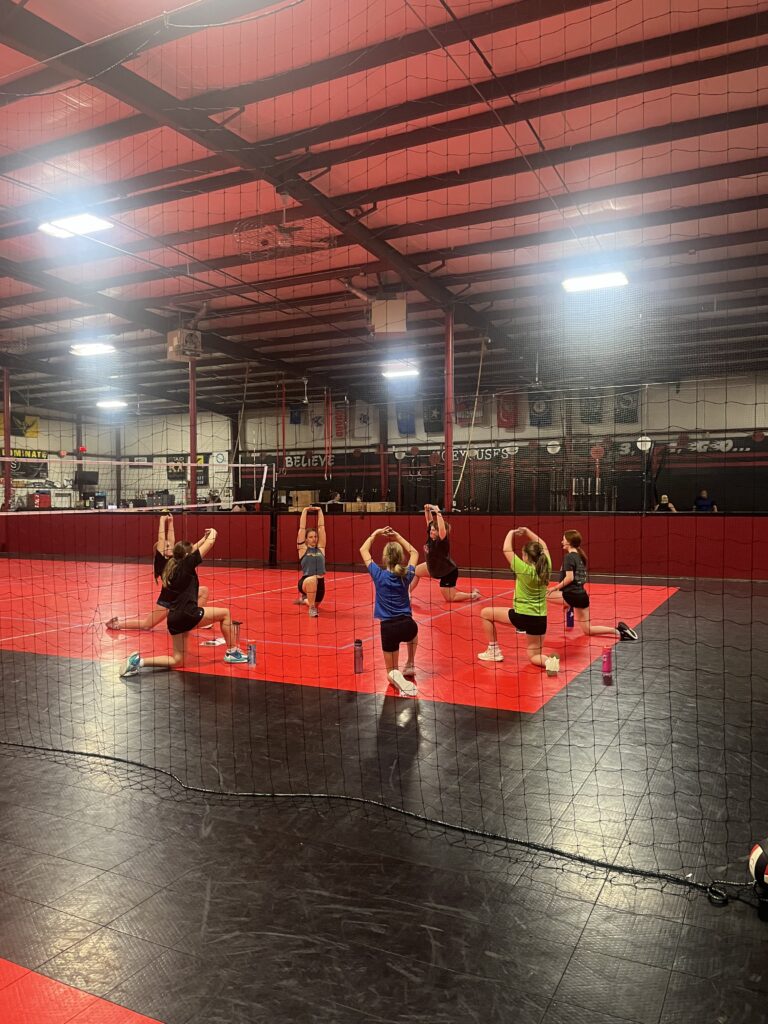
Youth strength and conditioning programs have gained recognition for their ability to enhance athletic performance, reduce the risk of injury, and foster long-term physical development in young athletes. While there may be concerns surrounding the safety and effectiveness of weightlifting for young individuals, when done properly under the guidance of qualified professionals, strength training can be incredibly beneficial. Here are three key concepts to help young athletes succeed in sports by incorporating weightlifting into their training regimen:
1. Focus on Proper Technique and Form
The foundation of any successful strength training program for young athletes lies in teaching proper technique and form. Emphasize the importance of mastering fundamental movement patterns, such as squats, deadlifts, and presses, before progressing to heavier loads. Start with bodyweight exercises or light resistance to allow athletes to develop coordination, stability, and muscle control. By prioritizing technique over weight, you lay the groundwork for safe and effective strength development.
2. Emphasize Functional Strength and Injury Prevention
Strength training isn’t just about lifting heavy weights; it’s about improving functional strength that translates to better athletic performance and reduced injury risk. Incorporate exercises that mimic movements commonly used in sports, such as jumping, sprinting, and changing directions. By strengthening muscles and improving joint stability in a functional manner, young athletes can move more efficiently and with greater resilience on the field or court. Additionally, proper strength training can help address muscular imbalances and asymmetries, further reducing the likelihood of injuries.
3. Prioritize Progression and Recovery
A key principle of effective strength and conditioning for young athletes is progressive overload. Gradually increasing the intensity, volume, or complexity of exercises over time stimulates continued adaptation and growth. However, it’s essential to balance progression with adequate recovery to prevent overtraining and burnout. Encourage young athletes to listen to their bodies, prioritize rest and recovery days, and fuel their bodies with proper nutrition and hydration. Additionally, incorporating mobility work, foam rolling, and dynamic stretching into their routine can enhance recovery and maintain flexibility and joint health.
In conclusion, youth strength and conditioning programs offer numerous benefits for young athletes, from improved athletic performance to reduced injury risk and long-term physical development. By focusing on proper technique, emphasizing functional strength, and prioritizing progression and recovery, young athletes can harness the power of strength training to excel in their chosen sports while laying the foundation for a lifetime of health and fitness.
CrossFit Unstoppable is currently offering a Volleyball Strength and Conditioning program for girls Grades 5-9. We will start our next session on April 8th! Email us for more info –> crossfitunstoppable@gmail.com
